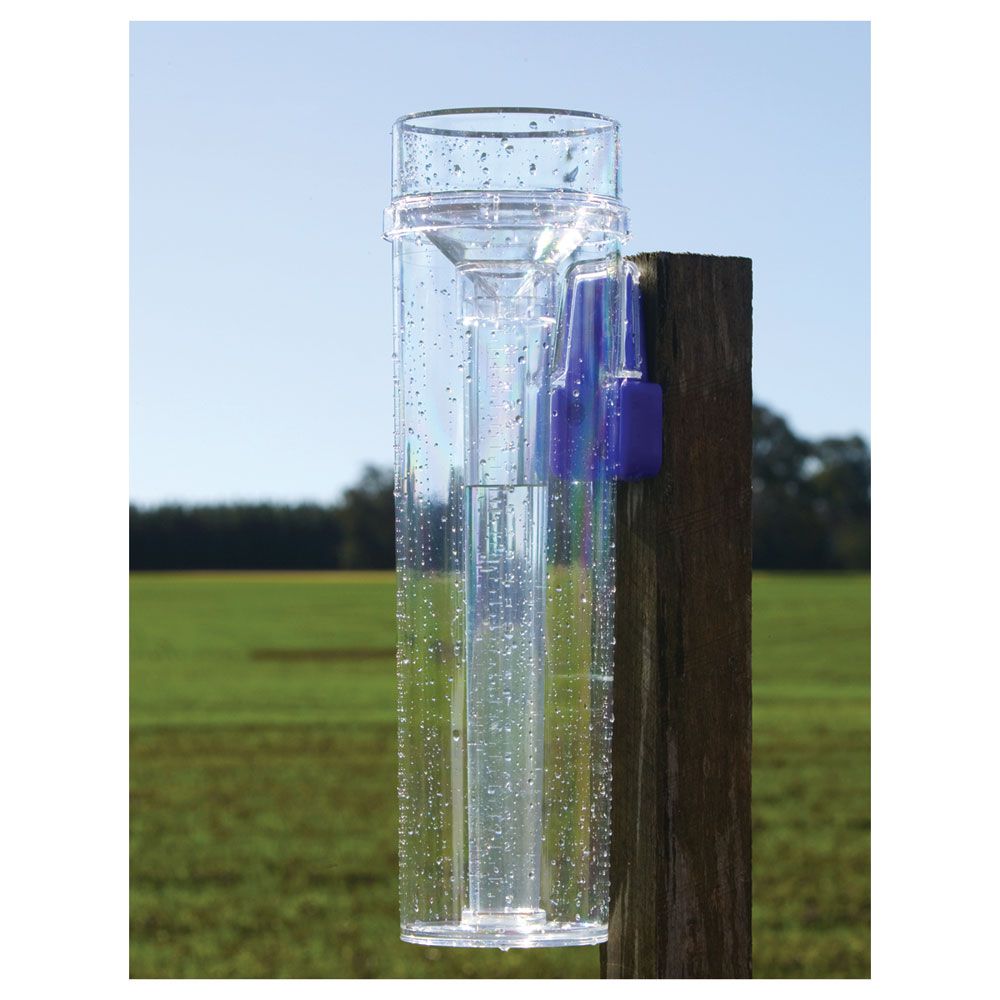Compare the Leading Rain Gauge Models for Accurate and Regular Readings
Compare the Leading Rain Gauge Models for Accurate and Regular Readings
Blog Article
Revealing the Science Behind Rainfall Evaluates: Just How These Tools Play a Crucial Duty in Environment Research and Ecological Monitoring
Rain determines, seemingly simple gadgets, hold an extensive importance in the world of climate research study and environmental tracking. As we peel back the layers of this scientific veil surrounding rain gauges, we uncover a globe where accuracy, information precision, and thorough monitoring assemble to unveil a deeper understanding of our altering climate and its influence on the planet.
Value of Rain Gauges
Rain evaluates play a crucial duty in surveillance and gauging precipitation degrees, supplying crucial data for environment study and evaluation. These tools are basic in quantifying the amount of rainfall that happens in a certain location over a specific period. By gauging and accumulating rainwater, rain gauges deal valuable understandings into the circulation and intensity of rainfall, helping meteorologists, hydrologists, and climatologists in comprehending weather condition patterns and patterns.
One of the essential reasons rainfall evaluates are important is their ability to provide exact and local information. Unlike satellite or radar-based dimensions, which use wider monitorings, rain assesses offer precise details certain to the location where they are placed. This localized data is important for different applications, including flood projecting, dry spell surveillance, and water source management. Furthermore, lasting data gathered from rainfall gauges assists in analyzing climate modification influences and patterns, contributing significantly to clinical study and decision-making processes. In significance, rainfall evaluates function as important devices in the field of meteorology and ecological scientific research, playing an essential role beforehand our understanding of weather condition and environment dynamics.
Kinds Of Rain Gauges

Capability and Procedure
In the world of climate research study and atmospheric research studies, the performance of rainfall determines hinge on their detailed capability and precise operational devices. Rainfall determines are created to properly gauge the amount of precipitation that tips over a specific location throughout a collection period. These devices usually consist of a funnel that accumulates rain and channels it into a measuring tube. The measuring tube is marked with adjusted measurements that permit the exact quantification of rains.
The performance of rain evaluates is based upon the principle of accumulating and determining rain in a standardized fashion. This collected information is critical for comprehending local weather condition patterns, tracking lasting climate patterns, and assessing environmental influences. To ensure precise dimensions, rainfall evaluates demand to be strategically put in open areas away from blockages such as structures or trees that might disrupt the collection process.
The functional aspect of rainfall gauges entails routine maintenance to stop particles accumulation, calibration checks to maintain dimension accuracy, and data tape-recording for analysis (rain gauge). Overall, the functionality and operation of rain evaluates are important for collecting reputable rainfall information vital to environment study and ecological monitoring
Role in Climate Research
Offered the critical importance of accurate precipitation dimensions in comprehending weather patterns and ecological influences, the role of rain assesses in environment research study is crucial. Rainfall gauges supply essential information for environment study by check out here evaluating the amount of rainfall that tips over a specific area throughout an offered duration. This data is vital for checking long-term fads in precipitation patterns, evaluating the impact of environment adjustment on rains circulation, and improving environment designs.

Environment scientists utilize information collected from rainfall evaluates to analyze variants in precipitation degrees, identify local environment patterns, and evaluate the performance of water resource monitoring techniques. By contrasting historic precipitation information with current dimensions, scientists can identify shifts in precipitation patterns, such as changes in the regularity or strength of rains occasions. This details is important for understanding exactly how environment modification is influencing precipitation characteristics and can assist policymakers make educated decisions regarding adjustment and mitigation approaches.
Applications in Environmental Tracking

In flooding projecting, rain scale information aids to track rainfall intensity and distribution, permitting authorities to issue timely cautions and take required measures to reduce flooding dangers (rain gauge). Drought surveillance depends on rain scale data to analyze moisture degrees in the dirt and track rainfall shortages, aiding in the recognition of drought-prone my company locations and the application of dry spell action techniques
Additionally, rain scale information plays a vital role in water source administration by offering details on water accessibility and use trends. Additionally, in agriculture, rain gauge information helps farmers in maximizing irrigation timetables, crop choice, and general ranch monitoring methods based on neighborhood rainfall patterns.
Verdict
Finally, rainfall determines are necessary devices for determining rainfall, supplying valuable data for environment research study and environmental monitoring. With different types and performances, rain assesses play a crucial function in understanding precipitation go to my site patterns and their effect on the environment. By accurately measuring rains, these devices add to the improvement of scientific knowledge and assistance in making notified choices relevant to water resource management and calamity readiness.
Rain determines play a vital function in monitoring and measuring rainfall degrees, supplying vital information for climate research study and evaluation. The basic rain scale, recognized as the "tipping container" scale, is one of the most frequently made use of gadgets. Ultrasonic rainfall gauges use noise waves to detect the existence of rainfall, providing real-time information on rainfall degrees.Environment scientists utilize information gathered from rainfall assesses to analyze variations in rainfall degrees, determine local environment trends, and evaluate the effectiveness of water resource monitoring methods.In final thought, rainfall assesses are important devices for gauging precipitation, supplying important information for climate study and ecological surveillance.
Report this page